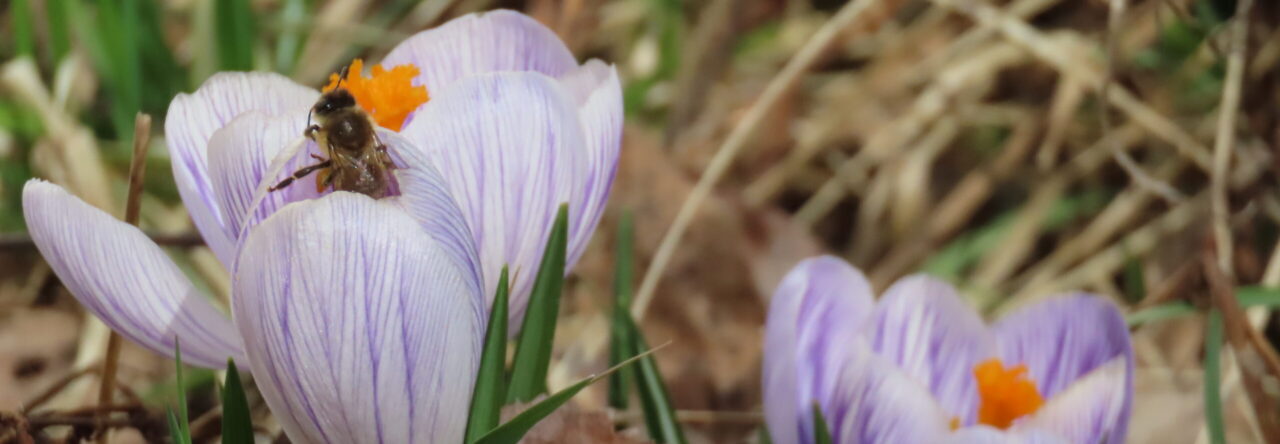I live in Ts’msyen territory in Northern BC. In Sm’algya̱x, the Ts’msyen language, thimbleberry is ḵ’oo. Hit play on the video below to hear the pronunciation.




Thimbleberries aren’t ripe yet so here is an additional picture from the Royal BC Museum taken by Robert D. Turner (I took the pictures shown above):

This early summer berry has been harvested for thousands of years. According to the First Nations Health Authority, thimbleberries are an excellent source of vitamin C. Thimbleberries are native to North America and can be found North and South from Alaska to Mexico and as far east from the Pacific as Ontario. They are hardy plants that can thrive in a range of altitudes and in moist or dry climates. I often see these plants on hikes, at the edge of forests, and growing in ditches beside roads and highways.
According to the Royal BC Museum, other benefits of the thimbleberry plant, aside from their sweet, thin berries, include edible shoots and soap can be made from its stems. Berries would also sometimes be pressed into cakes and dried for eating later. Many different First Nations use thimbleberries in BC.
The plant can be identified by their large, soft leaves that are shaped like maple tree leaves. The plants grow to about waist height and don’t have thorns on their stems. They get large, white, 5-petaled flowers, about 3” across, that have many stamen surrounding the domed centre.
References
First Nations Health Authority. (n.d.) First Nations Traditional Foods Fact Sheets. First Nations Health Authority. (p. 26-27).
Hebda, R. (2017, January 31). Thimbleberry. Royal BC Museum. https://staff.royalbcmuseum.bc.ca/2017/01/31/thimbleberry/
Sealaska Heritage Institute. (2020, May 13). Berries in the Tsimshian Language – Sm’algya̱x. YouTube. https://youtu.be/jjvMaIcf92w?si=3LnmlMo0p6FEKs90&t=31

Leave a Reply